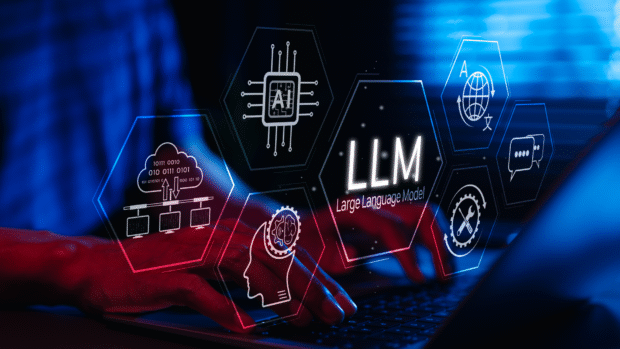
India’s digital economy is growing at an unprecedented rate, and with it, the e-commerce landscape is transforming. The future of e-commerce in India promises innovation, accessibility, and growth as more people gain access to the internet. Here’s a look at the key trends shaping the industry.
Growing Penetration of Mobile Commerce
Mobile commerce, or m-commerce, is central to the future of e-commerce in India. With more affordable smartphones, many new customers are entering the digital marketplace, primarily through mobile devices. According to a recent report, m-commerce accounts for a significant portion of online shopping, particularly in rural and semi-urban areas where access to computers may be limited. This mobile-first approach allows e-commerce brands to reach previously untapped markets across the nation.
Personalization and Artificial Intelligence
The use of AI in e-commerce is a game-changer. With tools like chatbots, predictive analytics, and product recommendations, AI is revolutionizing customer experience in India’s digital market. Platforms such as Amazon India and Flipkart are using AI to create personalized shopping experiences, helping customers find products that match their preferences and previous purchases.
Localization of Content and Payment Options
India is a diverse country with multiple languages and payment preferences. Localized content and payment solutions are therefore crucial in making e-commerce accessible. Major players now offer multi-language support and include a variety of payment methods to cater to all demographics, including digital wallets like Paytm, UPI, and even cash on delivery for more rural areas.
Enhanced Logistics and Last-Mile Delivery
For the future of e-commerce in India to thrive, reliable logistics and last-mile delivery are essential. Leading e-commerce platforms are investing in robust logistics networks, reducing delivery times and enhancing customer satisfaction.

Companies like Delhivery are setting standards in efficient distribution across remote parts of India, ensuring that orders can reach consumers quickly and safely.
Sustainable and Ethical Shopping
As environmental concerns grow globally, Indian consumers are also beginning to prefer sustainable and ethical products. Brands are adopting eco-friendly practices, such as reducing plastic use in packaging and offering recyclable options, to appeal to the eco-conscious shopper. The focus on sustainability in India’s e-commerce sector is expected to increase as younger generations demand responsible consumption.
Video Commerce and Livestream Shopping
In India, video commerce is gaining traction, enabling brands to showcase products in real time. Platforms like YouTube and Instagram allow influencers to market products directly, bringing a sense of immediacy and interaction to the shopping experience. Livestream shopping, already popular in countries like China, is also making its way into the Indian market, providing a more engaging experience for digital buyers.
Rural Expansion and the Growth of Tier 2 and Tier 3 Markets
The next wave of e-commerce growth is expected to come from India’s rural regions and Tier 2 and Tier 3 cities. As internet access expands, e-commerce companies are increasingly targeting these areas. The future of e-commerce in India lies in catering to the specific needs of these emerging markets, with localized products, affordable pricing, and dependable delivery solutions.
The Rise of Social Commerce
Social media is another major force in e-commerce expansion. Social commerce — where people shop directly on social platforms — is on the rise in India. Platforms like Instagram and Facebook offer in-app shopping features, enabling users to purchase products without leaving the app. This trend will likely continue, reshaping how brands connect with consumers.
Conclusion
The future of e-commerce in India looks promising, driven by mobile-first strategies, AI-powered personalization, expanded rural access, and innovative logistics. As India’s e-commerce industry continues to evolve, it opens up countless opportunities for brands, retailers, and consumers alike. By embracing these trends, companies can position themselves at the forefront of this rapidly transforming market.










Be the first to leave a comment